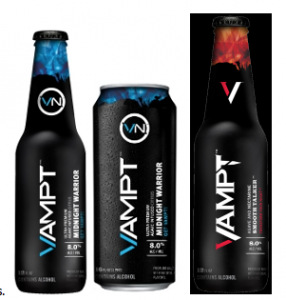 Post Courtesy of APARIJITA SINHA
Post Courtesy of APARIJITA SINHA
Money is something which is generally accepted as a medium of exchange. It is one of the most basic and significant inventions of mankind. Before money came into use, exchange took place through barter system, i.e., goods were exchanged for goods.
Barter means direct exchange of goods. In other words, barter refers to exchanging of goods without the use of money. For example, corn may be exchanged for cloth, house for horses, bananas for oranges and so on.
What are the advantages of Barter System?
i. It is a simple system devoid of the complex problems of the modern monetary system.
ii. There is no question of over or under-production (or of unemployment or over-hill employment) under the barter system since goods are produced just to meet the needs of the society.
iii. The problems of international trade, such as, foreign exchange crisis, adverse balance of payments, do not exist under barter system.
iv. There is no problem of concentration of economic power into the hands of a few rich persons under the barter system because there is no possibility of storing the commodities.
v. Personal and natural resources are ideally utilised to meet the needs of the society without involving any wastage.
vi. The barter system also reaps the benefits of division of labour because it represents a great step forward from a state of self- sufficiency hi which every man has to be a jack of all trades and master of none.
What are the difficulties of Barter System
Barter system involves various difficulties and inconveniences which are discussed below:
1. Double Coincidence of Wants:
Under barter system, a double coincidence of wants is required for exchange. In other words, the wants of the two persons who desire to exchange goods must coincide. For example, if person A wants to acquire shoes in exchange for wheat, then he must find another person who wants wheat for shoes.
Such a double coincidence of wants involves great difficulty and wastage of time in a modern society, it rarely occurs. In the absence of a double coincidence of wants, the individuals under barter system are compelled either to hold goods for long periods of time, or to make numerous intermediary exchange’ ii order to get finally the goods of their choice.
2. Absence of Common Measure of Value:
Even if it is possible to have the double coincidence of wants, the absence of a common measure of value creates great problem because a lot of time is wasted to strike a bargain. Since there is no common measure in terms of which the value of a commodity can be expressed, the problem arises how much wheat should be exchanged for how many pairs of shoes.
In fact, under the barter system, every good must be expressed in terms of every other good. If, for example, there are 1000 goods in the economy, then, in the absence of monetary unit, every good can be exchanged for the remaining 999 goods. What is true for one good will be true for all other 999 goods.
3. Lack of Divisibility:
Another difficulty of barter system relates to the fact that all goods cannot be divided and subdivided. In the absence of a common medium of exchange, a problem arises, when a big indivisible commodity is to be exchanged for a smaller commodity. For example, if the price of a horse is equal to 10 shirts, then a person having one shirt cannot exchange it for the horse because it is not possible to divide the horse in small pieces without destroying its utility.
4. The Problem of Storing Wealth:
Under a barter system, there is absence of a proper and convenient means of storing wealth or value, (a) As opposed to storing of generalized purchasing power (in the form of money) in a monetary economy, the individuals have to store specific purchasing power (in the form of horses, shoes, wheat etc.) under the barter system which may decrease in value in the due course of time due to physical deterioration or a change in tastes, (b) It is very expensive to store specific goods for a long time, (c) Again the wealth stored in the form of specific goods may create jealousy and enmity among the neighbors or relatives.
5. Difficulty of Deferred Payments:
The barter system does not provide a satisfactory unit in terms of which the contracts about the deferred (future) payments are to be written. In an exchange economy, many contracts relate to future activities and future payments. Under barter system, future payments are written in terms of specific goods. It creates many problems. Chandler has mentioned three such problems:
(a) It may create controversy regarding the quality of goods or services to be repaid in future,
(b) The two parties may be unable to agree on the specific good to be used for repayment.
(c) Both parties run the risk that the goods to be repaid may increase or decrease in value over the period of contract.
6. Problem of Transportation:
Another difficulty of barter system is that goods and services cannot be transported conveniently from one place to another. For example, it is not easy and without risk for an individual to take heaps of wheat or herd of cattle to a distant market to exchange them for other goods. With the use of money, the inconveniences or risks of transportation are removed.

